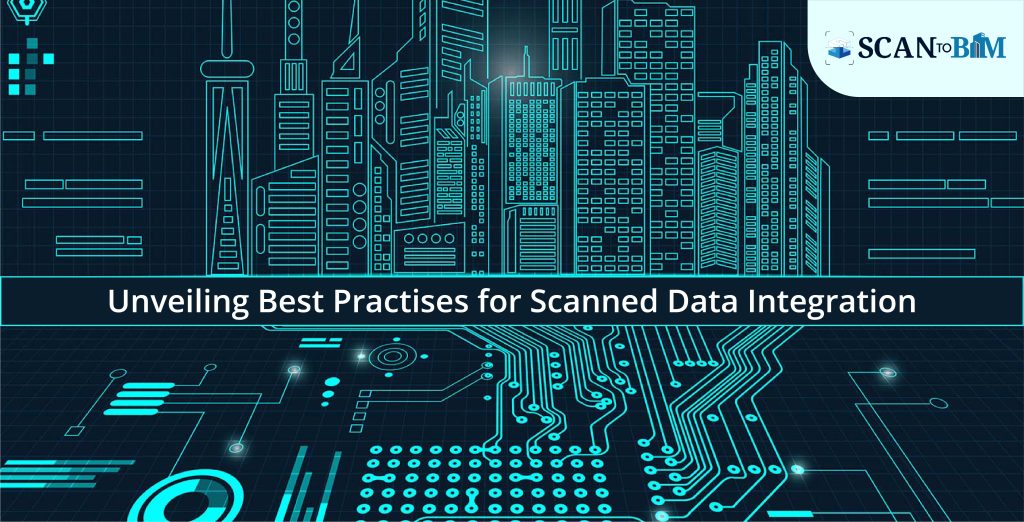
Introduction
Building Information Modelling (BIM) is being used more and more in the field of architectural design. BIM makes it possible for experts in the building and construction industry to design and maintain computerized models of structures as well as infrastructure. The Scan to BIM procedure, which turns scanned data into Revit families, represents a critical component of BIM deployment. The value of Revit family creation services is going to be highlighted as we discuss the most effective techniques for producing Revit families using scanned data in this blog post.
Understanding Scan to BIM
In the Scan to BIM process, actual items or surroundings are photographed or scanned utilizing laser scanning or photogrammetry methods. The accurate 3D models that are produced from the resultant data are subsequently incorporated within the BIM environment. Architects and designers may easily model current structures, remodel buildings, and perform identification of clashes by using scan data.
Importance of Revit Family Creation services
Revit families, which depict the items and features inside a structure, are crucial parts of the BIM process. They enable customizable control as well as precise representation, letting designers quickly alter and edit things. Services for creating bespoke Revit families that comply with industry requirements as well as accurately portray the scanned data are a specialty of these companies. These services are essential for converting unprocessed scan data towards intelligent BIM models.
Ensuring accuracy and precision
Accuracy and precision have become essential for producing high-quality Revit families using scanned data. The alignment of the generated models with what objects they ought to depict depends on the accuracy of data collecting and modeling. Revit Family Creation Services might generate precise and exact models by utilizing cutting-edge scanning technology and following best practices throughout the modeling. In addition, the use of BIM has lowered construction times by 20% and rework expenses by 30% (Source: National Institute of Building Sciences). These figures highlight the enormous advantages of building Revit families utilizing scanned data.
Optimization for Performance
Maintaining peak performance within the BIM environment requires effective modeling techniques. To improve model performance, Revit family development services use strategies including LOD (Level of Detail) management, geometry reduction, as well as parametric control optimization. These improvements guarantee that the final Revit families are quick to load, receptive, as well as appropriate for teamwork. Through statistical evaluation, the transformational potential of Scan to BIM may be more accurately recognized. According to research, using Scan to BIM and laser scanning techniques might reduce project timelines by 10% and save project costs by up to 7% (Source: McKinsey & Company).
Compliance with Industry standards
For scalability as well as interoperability across BIM programs and systems, Revit families produced using scanned data must follow industry standards. The National BIM Standard (NBIMS) and COBie (Construction Operations Building Information Exchange) are merely two examples specific to the industry that Revit family creation services have a thorough understanding of, guaranteeing that every one of the leading to families complies with requirements as well as straightforward to incorporate towards more extensive BIM projects.
Latest Trends
- Automation and Parametric Flexibility:
Automating the creation of Revit families utilizing scanned data has emerged as a major trend in Scan to BIM. Intelligent algorithms are capable of processing point cloud information as well as automatically generating precise 3D models from it. Additionally, designers may develop versatile Revit families that are simple to customize and adjust to many architectural circumstances by using parametric modeling approaches. This tendency improves the modeling processes’ adaptability as well as versatility. - On-site Data Acquisition and Mobile Scanning:
Mobile scanning technologies are becoming more popular in Scan to BIM, allowing for real-time modeling as well as on-site data acquisition. LiDAR or photogrammetry-capable portable scanning equipment provides efficient data collecting, doing away rid the necessity for laborious and expensive manual measurements. By enabling architects to take precise measurements on the spot, this improvement lowers mistakes and raises the general caliber of the Revit families produced from scanned data.
Conclusion
Revit family creation services and Scan to BIM technologies might change how architectural designs are created and carried out. Designers may create intelligent BIM models from real-world items by utilizing the capability of laser scanning and photogrammetry. The models produced by Revit family creation amenities are of the finest caliber and adhere to industry standards thanks to the accuracy, precision, optimization, as well as conformity supplied by these services.
Architects may fully utilize Scan to BIM as well as reign in a new era of design imagination and teamwork through implementing these most effective practices and making use of the knowledge of Revit family creation services.